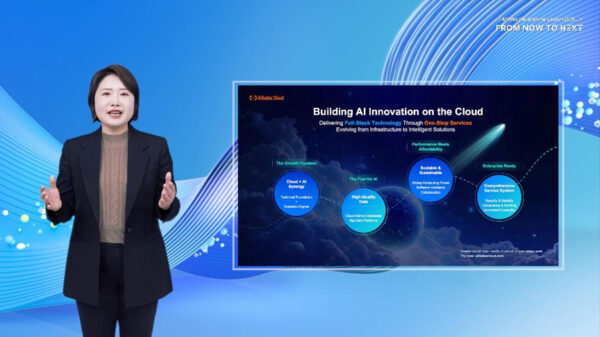With the naming of the New Major Player on the horizon, the Department of Information and Communications Technology (DICT) is looking far ahead as it plans to introduce Project BASS (Bandwidth and Signal Strength) as a monitoring tool to evaluate the would-be telco player.
Designed by volunteers for volunteers, Project BASS is a free crowdsourcing mobile app that monitors the bandwidth provided by the telco companies and other internet service providers.
The DICT eyes to use the app to check if the chosen NMP is performing according to its annual committed minimum average speed, which is part of the selection criteria anchored on Highest Committed Level of Service (HCLoS) approach.
In line with this, the DICT, on Monday, 22 October 2018, gathered technical expert representatives from various ICT and telecommunication companies and organizations, as well as technical personnel from the Department of Science and Technology – Advanced Science and Technology Institute (DOST-ASTI) and the National Telecommunications Commission (NTC) to a forum to openly discuss Project BASS.
Aside from measuring internet speeds, the application is also able to approximate geographical location data of cellsites used in the user’s internet measurement; a feature seen by Acting ICT Secretary Rio to have potential value in fine-tuning common tower polices and strategies.
“You can see, it’s very easy now to plan to where we can put all those towers that will have some economic value so that the ROI of the common tower provider can be covered”, Rio explained, pointing out to a map showing locations of schools, cellsites and luminosity data, during the forum.
Wilson Chua, co-founder of Project BASS, presented the features of the Project to familiarize attending experts with the system before taking their inputs.
According to Chua’s presentation, Project BASS is a non-profit project started out by the desire to improve Philippine internet. “The idea here is instead of each one of us going to social media and putting our gripes that our internet is slow, why don’t we collectively do something about it and be a partner for better Philippine internet?” Chua raised.
The system’s main component is a crowdsourcing mobile application that lets users measure their internet by executing a simple file download from a server of DOST-ASTI.
Once the measure is taken, it is uploaded to a database server. The results are freely downloadable and can be subjected by anyone to analysis.
At the moment, analysis of BASS datasets is available at dict.gov.ph/bass/, while the mobile application is available for download both for iOS and Android.
Other concerns discussed during the forum are the privacy of users, accuracy of measurement compared to other tools, and further development of the system that included a possible co-creation agreement between Project BASS, DICT and DOST-ASTI.




















































































































